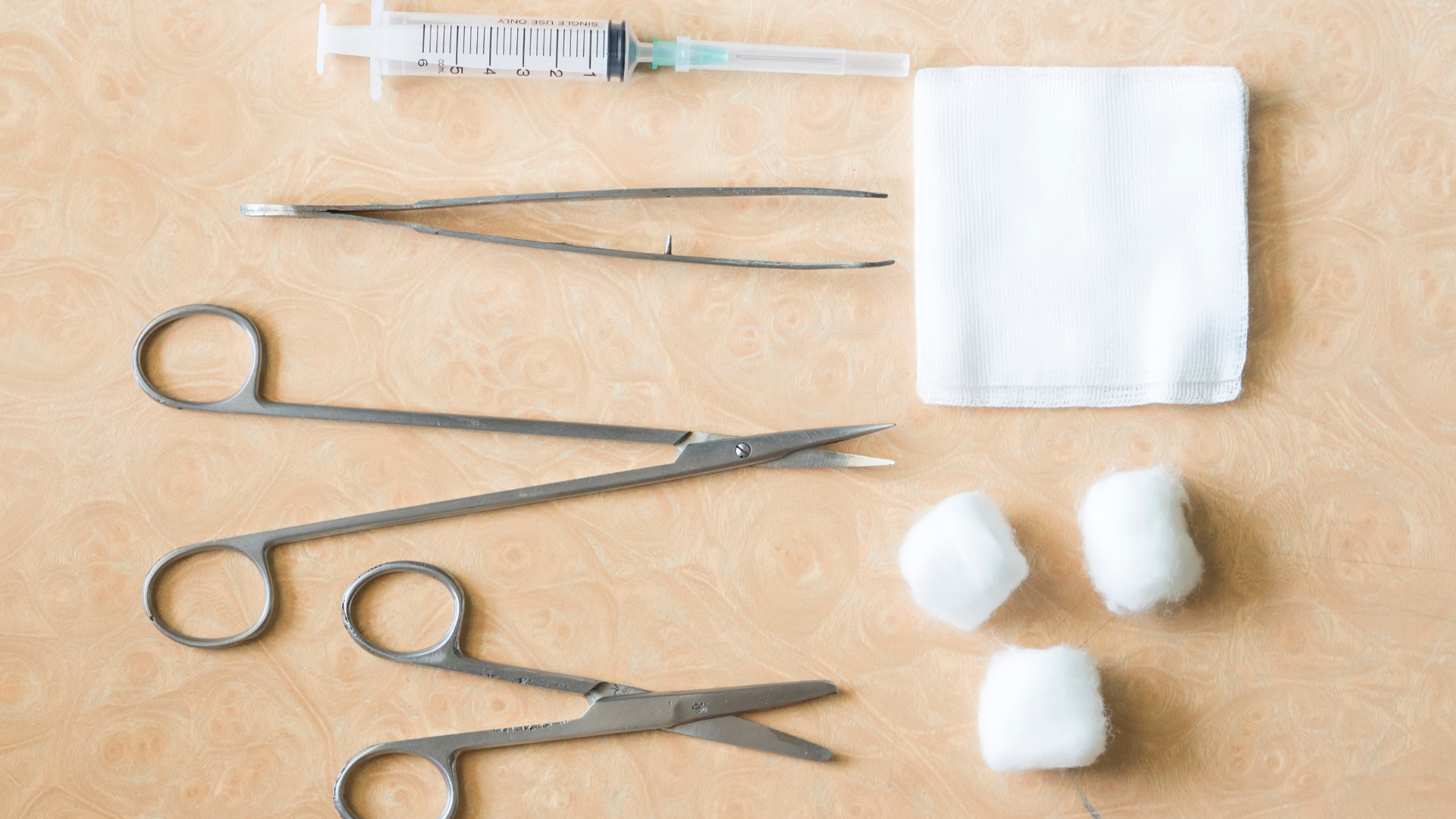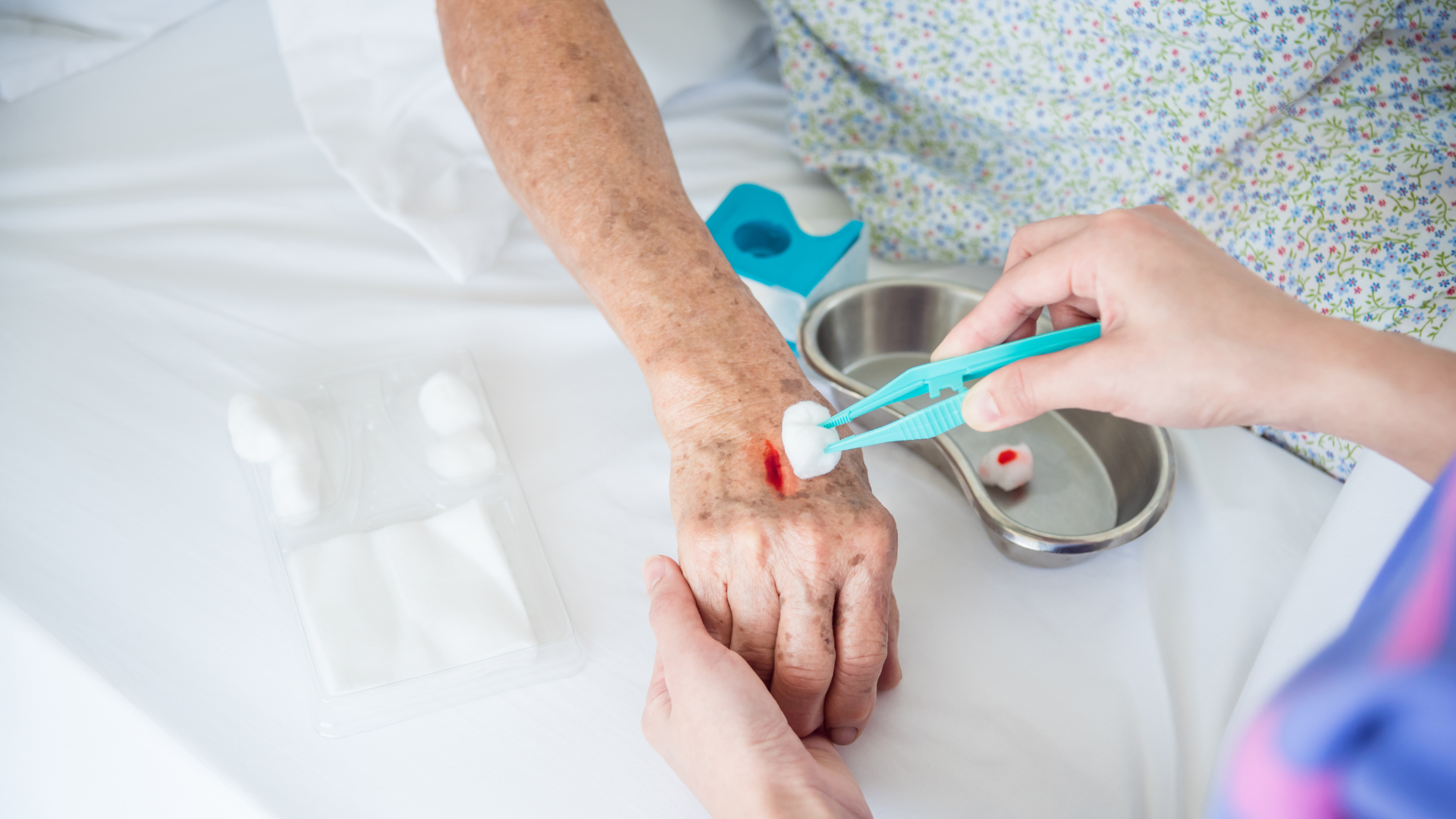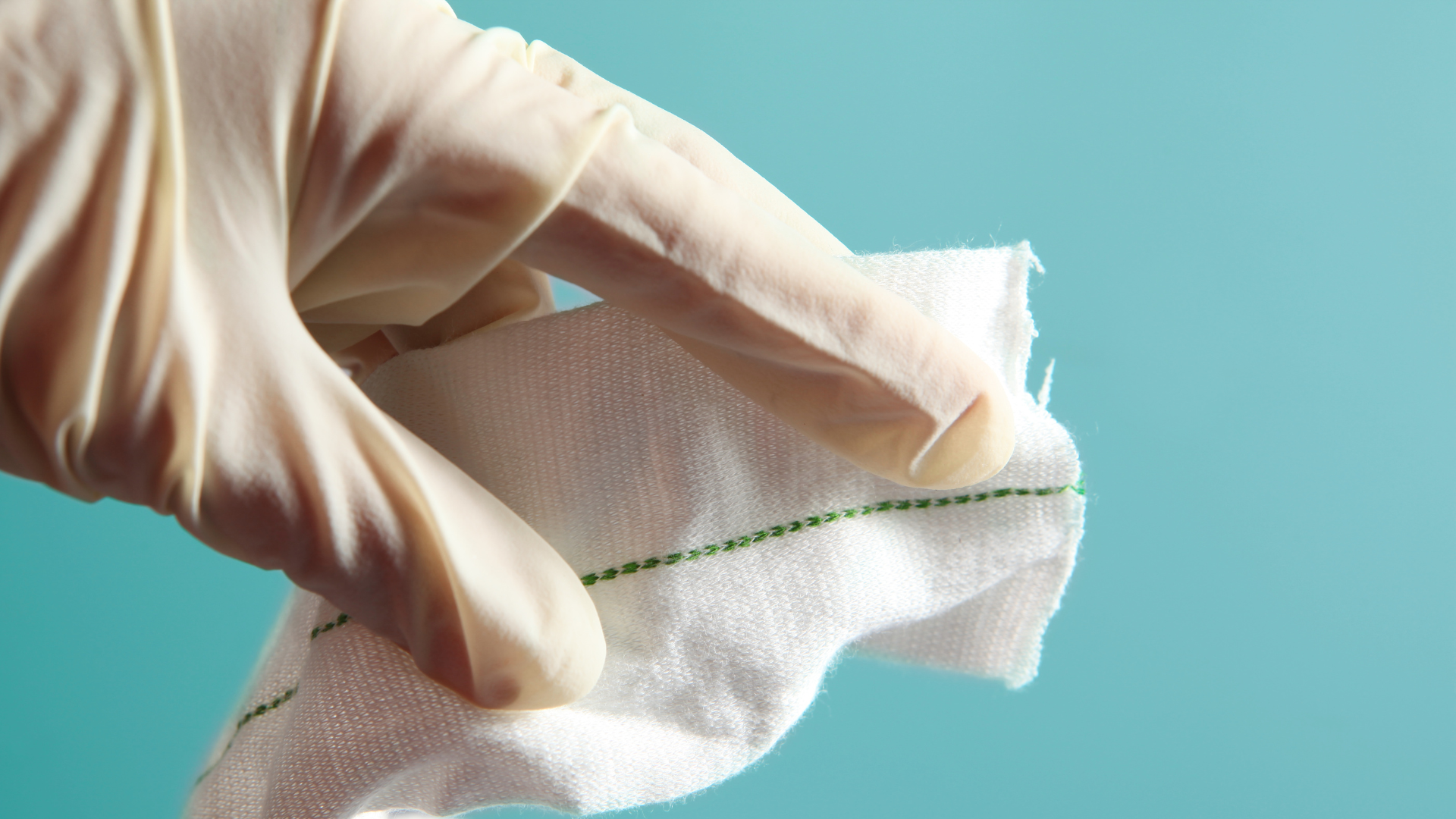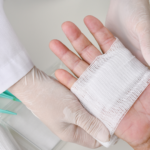Essential Types of Wound Dressings for Effective Wound Care Nursing Skills
Wound care is a vital component of nursing practice, directly impacting patient recovery and quality of life. In healthcare settings, effective wound management not only accelerates healing but also plays a crucial role in minimizing complications, such as infections and chronic wounds. Proper wound care ensures that the risk of delayed recovery or more serious health issues is reduced, ultimately improving patient outcomes.
Nurses are at the forefront of wound management, applying dressings, monitoring wound progress, and preventing infections. With advancements in treatment protocols and dressing technologies, the nurse’s role has evolved from simply following physician orders to becoming active decision-makers in wound care plans. Modern nursing practices involve wound assessment, dressing selection based on wound type and healing stage, and patient education on proper care techniques. As wound care becomes increasingly specialized, nurses must stay informed about new products and protocols, ensuring they provide high-quality, evidence-based care for better recovery.
Types of Wounds and Their Treatment Needs

There are several types of wounds, each requiring specific treatment needs to promote healing. Pressure injuries, for instance, demand careful management to prevent further tissue damage. Wound therapy often involves the application of different types of wound dressings that are effective in controlling bacterial growth and maintaining a moist environment around the wound. Wound care nurses assess the cause of the wound and choose the appropriate wound dressing from commonly used wound dressings like hydrocolloids, foams, and alginates, which can be covered with a secondary dressing to enhance protection.
In some cases, special foam dressings and suctioning are employed to facilitate drainage and reduce edema, which is vital in the wound healing process. A specialized wound care team may also be involved to provide comprehensive care to patients, ensuring that the right dressing materials are selected and dressings and suctioning are applied effectively. It’s always best to consult with a wound care nurse to determine the most suitable options for each individual wound.
A thorough wound assessment is critical in determining the appropriate dressing for effective healing. Nurses must evaluate various factors, including the wound type, size, depth, exudate level, and surrounding skin condition. By understanding the unique characteristics of each wound, nurses can select the most suitable dressings, whether they be hydrocolloids, foam dressings, alginates, or antimicrobial options. Proper dressing selection not only facilitates optimal healing but also minimizes the risk of infection, promotes patient comfort, and can reduce overall treatment costs by preventing complications.
Overview of Common Wound Dressings Used in Nursing

In nursing, an overview of common wound dressings reveals their essential role in wound care. Modern wound dressings are designed to maintain a moist wound environment, which is crucial for promoting wound healing. Various dressing types can be used based on the stage of wound healing and the specific needs of the patient. Nursing skills are vital in selecting a dressing that will effectively manage the wound. For instance, specialized wound dressings may be used with special foam dressings to absorb exudate and protect the wound bed.
During every dressing change, nurses may utilize dressing and suctioning to remove excess fluid around a wound to assist in healing. The wound vac procedure is another technique that aids in creating a negative pressure environment, further enhancing the wound to assist in healing. A comprehensive understanding of dressings and when to use them is crucial for providing quality care in a wound care center.
Nursing Considerations in Wound Dressing Selection
When selecting wound dressings, nurses must consider several critical factors to ensure optimal healing and patient comfort. Below are key nursing considerations for effective wound dressing selection:
Moisture Balance
Importance of Moisture: Maintaining an optimal moisture level in the wound bed is crucial for promoting healing. A moist environment accelerates cell migration, enhances tissue regeneration, and reduces pain. However, excessive moisture can lead to maceration of the surrounding skin, complicating the healing process.
Assessment Techniques: Nurses should assess the wound’s exudate level and surrounding skin condition regularly. Dressings that promote moisture retention, such as hydrocolloid and hydrogel dressings, are ideal for dry wounds, while highly absorbent dressings like alginates or foams are suitable for wounds with moderate to heavy exudate.
Dressing Selection: Nurses must choose dressings that can either absorb excess moisture or retain moisture, depending on the wound’s characteristics. For example, alginate dressings can absorb significant exudate, while hydrocolloid dressings maintain a moist environment.
Infection Control
Preventing Infection: Infection is one of the most significant risks associated with wound care. Nurses play a vital role in identifying signs of infection, such as increased redness, warmth, swelling, purulent discharge, and odor.
Dressing Properties: Selecting dressings with antimicrobial properties or those that create a barrier against contaminants can help reduce infection rates. Transparent film dressings, for instance, allow for monitoring without exposing the wound to external pathogens.
Regular Monitoring: Nurses should conduct frequent assessments to detect early signs of infection and adjust dressing types or treatment plans accordingly. Proper wound cleaning and sterilization techniques should also be employed during dressing changes to minimize infection risk.
Patient Comfort and Mobility
Comfort Considerations: The chosen dressing should provide comfort to the patient. Dressings that are too tight or cause friction can lead to discomfort and hinder healing. Nurses should consider patient preferences and any reported pain during dressing changes.
Mobility Factors: It’s essential to select non-restrictive dressings that allow for patient movement. Dressings that are flexible and lightweight can enhance mobility, making daily activities more manageable for patients. Foam dressings, for example, provide cushioning while being adaptable to various body contours, thereby supporting patient comfort and activity.
Patient Education: Nurses should educate patients on the importance of avoiding unnecessary movement that could stress the wound site, especially in the case of surgical or deep wounds. Providing clear instructions on dressing care and activities to avoid will empower patients and encourage adherence to the wound management plan.
Techniques for Effective Wound Dressing Application and Removal

Proper application and removal of wound dressings are essential components of effective wound care. Below are detailed techniques that nurses should follow to ensure optimal outcomes.
Preparation
Cleaning the Wound: Before applying a dressing, it is crucial to clean the wound thoroughly to remove any debris, exudate, or necrotic tissue. This step helps reduce the risk of infection and promotes healing. Use a saline solution or an appropriate wound cleanser to gently irrigate the wound. Ensure that the surrounding skin is also cleaned to prevent contamination.
Maintaining Aseptic Conditions: To prevent introducing pathogens into the wound, it is vital to maintain aseptic conditions during the dressing process. Nurses should wash their hands thoroughly and wear appropriate personal protective equipment (PPE), such as gloves and masks. All supplies, including dressings, gauze, and tools, should be sterile and handled in a way that avoids contamination.
Application Process
Proper Layering of Dressings: When applying the dressing, it is important to layer the primary and secondary dressings correctly. The primary dressing should come into direct contact with the wound and should be chosen based on the wound’s characteristics (e.g., moisture level, type of exudate). The secondary dressing should secure the primary dressing in place and provide additional protection against external contaminants.
Application Technique: Start by placing the primary dressing gently over the wound, ensuring complete coverage without applying excessive pressure that could disrupt healing. Follow with the secondary dressing, ensuring it is snug but not tight, allowing for some movement and preventing discomfort. For more extensive wounds, consider using multiple layers of dressings to enhance absorption and protection.
Securement
Use of Adhesive Tapes or Bandages: After applying the dressings, secure them with appropriate adhesive tapes or bandages. The type of securement used will depend on the location and type of wound. For example, elastic bandages may be used for areas requiring more flexibility, while adhesive tapes can provide firm support for less mobile areas. Ensure the tape is applied smoothly to avoid creases that could cause irritation.
Checking for Circulation: After securing the dressings, nurses should check the patient’s circulation to ensure that the dressings are not too tight. Look for signs of impaired circulation, such as color changes or swelling, and adjust the dressing if necessary.
Removal Best Practices
Avoiding Tissue Damage: Removing dressings can be painful for patients, especially if the wound has adhered to the dressing. To minimize discomfort and prevent tissue damage, nurses should moisten the dressing with saline or a wound cleanser before removal. This can help loosen the dressing and reduce the risk of pulling away healthy tissue.
Gentle Removal Technique: Carefully peel back the dressing from the edges, moving towards the center of the wound. If resistance is met, additional moisture can be applied to ease the process. If any adhesive remnants remain on the skin, use a gentle adhesive remover to prevent irritation.
Post-Removal Assessment: After the dressing is removed, conduct a thorough assessment of the wound to evaluate healing progress, signs of infection, or any changes in the wound’s condition. Document findings and adjust the treatment plan as necessary.
Conclusion: The Critical Role of Nurses in Wound Healing
In the realm of wound healing, nurses play a critical role in ensuring optimal recovery. They are responsible for applying appropriate gauze dressings and selecting the right methods for debridement. Understanding that different dressings can be used for various types of wounds, nurses tailor their approach to meet each patient’s needs. For example, autolytic debridement can be beneficial for wounds with minimal necrotic tissue, allowing the body’s own processes to facilitate healing.
Moreover, the frequency of dressing changes is crucial; nurses assess when a wound is healing effectively to determine if changes are needed. They ensure that dressings are thin enough to promote airflow while still providing adequate protection. Additionally, it is vital that dressings stick to the wound without causing further damage. By performing the dressing changes with care, nurses greatly enhance the healing process and improve patient outcomes. So please contact Vital Wound Care.




